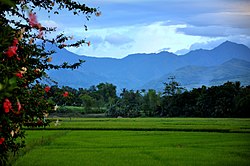
Ilog, officially the Municipality of Ilog, is a 2nd class municipality in the province of Negros Occidental, Philippines. According to the 2020 census, it has a population of 59,855 people.

Binalbagan, officially the Municipality of Binalbagan, is a 1st class municipality in the province of Negros Occidental, Philippines. According to the 2020 census, it has a population of 71,407 people.

Calatrava, officially the Municipality of Calatrava, is a 1st class municipality in the province of Negros Occidental, Philippines. According to the 2020 census, it has a population of 82,540 people.

Enrique B. Magalona, officially the Municipality of Enrique B. Magalona, also known simply as E. B. Magalona and formerly known and still commonly referred to as Saravia, is a 2nd class municipality in the province of Negros Occidental, Philippines. According to the 2020 census, it has a population of 64,290 people.

Himamaylan, officially the City of Himamaylan, is a 3rd class component city in the province of Negros Occidental, Philippines. According to the 2020 census, it has a population of 116,240 people.
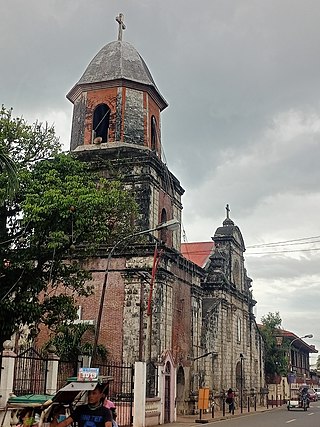
Hinigaran, officially the Municipality of Hinigaran, is a 1st class municipality in the province of Negros Occidental, Philippines. According to the 2020 census, it has a population of 88,909 people.

Hinoba-an, officially the Municipality of Hinoba-an, is a 1st class municipality in the province of Negros Occidental, Philippines. According to the 2020 census, it has a population of 60,865 people.

Kabankalan, officially the City of Kabankalan, is a 1st class component city in the province of Negros Occidental, Philippines. According to the 2020 census, it has a population of 200,198 people making it the second most populous city in Negros Occidental next to Bacolod.

La Carlota, officially the City of La Carlota,, is a 4th class component city in the province of Negros Occidental, Philippines. According to the 2020 census, it has a population of 66,664 people. making it the least populous city in the province.

La Castellana, officially the Municipality of La Castellana, is a 1st class municipality in the province of Negros Occidental, Philippines. According to the 2020 census, it has a population of 79,492 people.
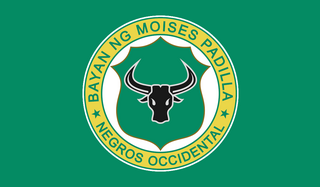
Moises Padilla, officially the Municipality of Moises Padilla, is a 3rd class municipality in the province of Negros Occidental, Philippines. According to the 2020 census, it has a population of 43,462 people.

Murcia, officially the Municipality of Murcia, is a 1st class municipality in the province of Negros Occidental, Philippines. According to the 2020 census, it has a population of 88,868 people. It is 17 kilometres (11 mi) east of Bacolod.

Pontevedra, officially the Municipality of Pontevedra, is a 3rd class municipality in the province of Negros Occidental, Philippines. According to the 2020 census, it has a population of 54,502 people.

Pulupandan, officially the Municipality of Pulupandan, is a 3rd class municipality in the province of Negros Occidental, Philippines. According to the 2020 census, it has a population of 30,117 people.

San Enrique, officially the Municipality of San Enrique, is a 4th class municipality in the province of Negros Occidental, Philippines. According to the 2020 census, it has a population of 24,177 people.
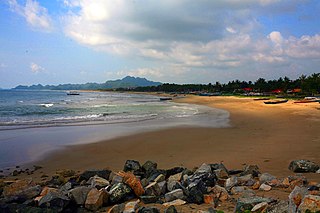
Sipalay, officially the City of Sipalay, is a 4th class component city in the province of Negros Occidental, Philippines. According to the 2020 census, it has a population of 72,448 people. It is the top tourist destination in the province of Negros Occidental.

Talisay, officially the City of Talisay, is a 4th class component city in the province of Negros Occidental, Philippines. According to the 2020 census, it has a population of 108,909 people.
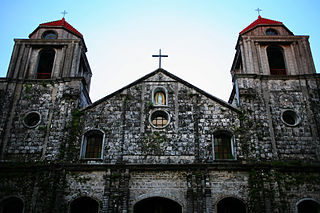
Valladolid, officially the Municipality of Valladolid, is a 4th class municipality in the province of Negros Occidental, Philippines. According to the 2020 census, it has a population of 39,996 people.

Victorias, officially the City of Victorias, is a 4th class component city in the province of Negros Occidental, Philippines. According to the 2020 census, it has a population of 90,101 people.

San Miguel, officially the Municipality of San Miguel, is a 4th class municipality in the province of Iloilo, Philippines. According to the 2020 census, it has a population of 30,115 people.
